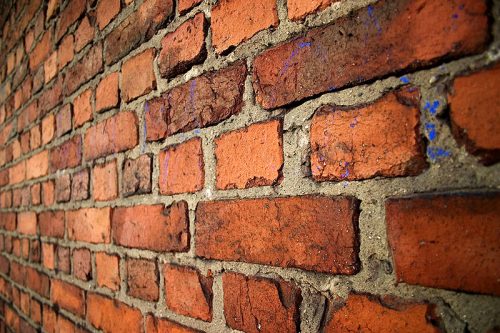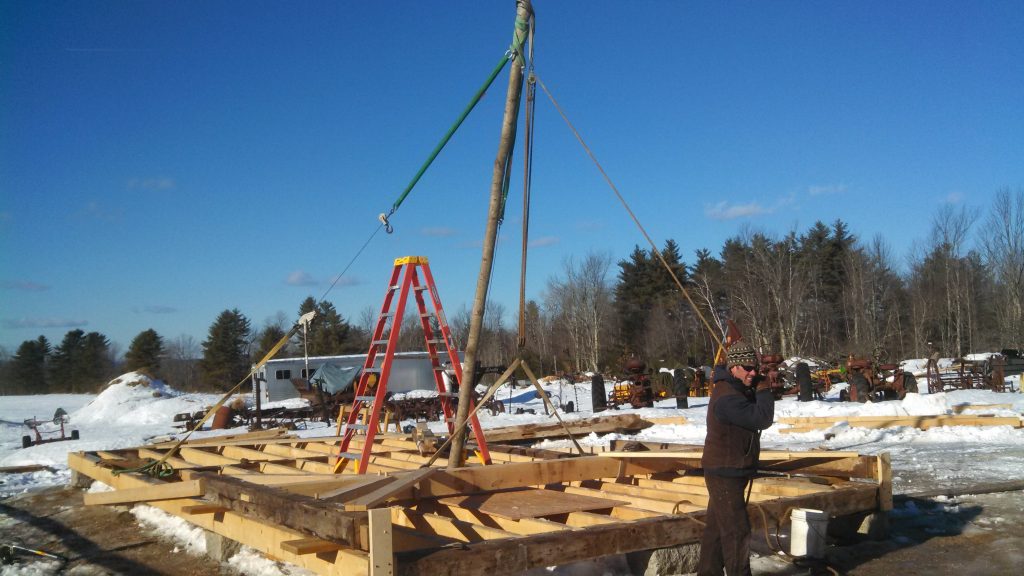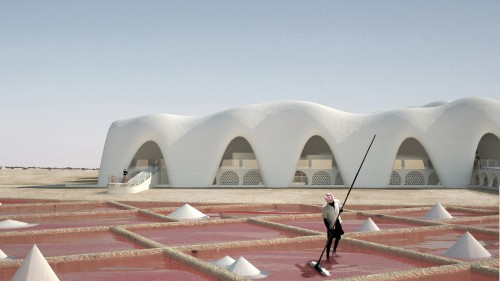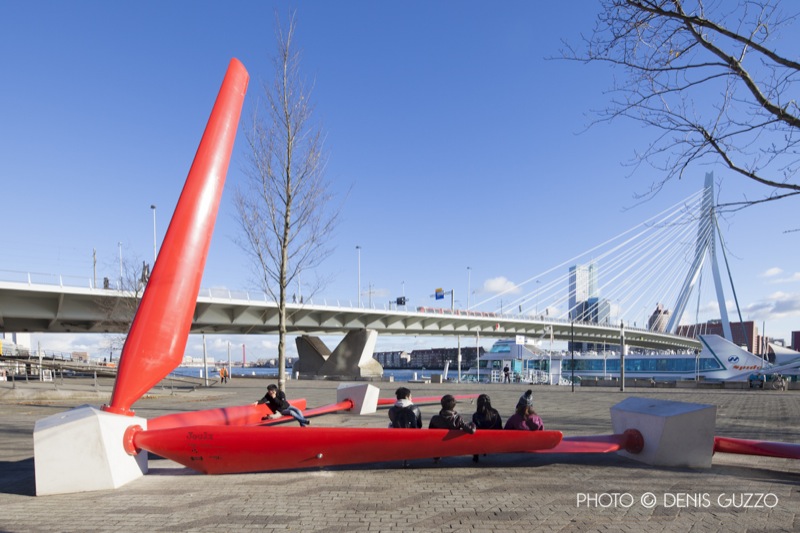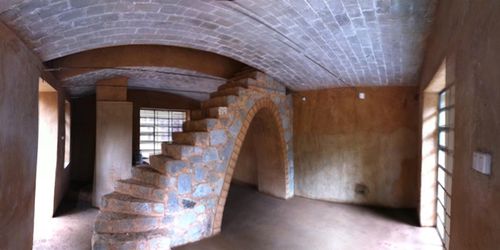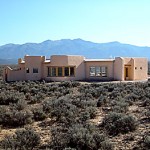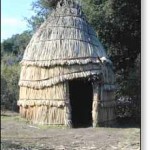Approximately 5.7 million solid-walled houses exist in England, comprising 25% of the housing stock. Most were built between 1750 and 1914. Research shows that their energy efficiency has been underestimated for decades. [Read more…]
Thermal Insulation of Solid-Walls is Underestimated
Gin Poles
“A gin pole is a simple and traditional method for raising a timber frame by hand, and straightforward solution to a site with little crane access. It’s constructed from a long, straight pole with a block and tackle hanging from the top, and two guy lines (in our case, come-alongs) that help to counter the weight of the pole and the timbers, and locate the posts in their mortises.”
“Sometimes the oldest technologies provide the best solution for the job at hand. From wedges and ramps to pulleys, I am surprised at how right my physics teachers were about the ubiquity of simple machines. When applied purposefully, with careful consideration, these approaches can be safer, simpler and cheaper. While I appreciate the romance associated with historic contraptions, ultimately, romance is not the reason we employ them.”
Read more: I’ll take a gin pole, straight up, Preservation Timber Farming.
Building With Salt
“The Salt Project is a biomimetic attempt to create architecture using seawater in the desert. By using locally available resources we can grow plants and create architecture without producing waste. The idea is to pump up seawater in arid areas around the world, split it in salt and fresh water, use the fresh water for produce and use the salt for architecture.” [Read more…]
A World Made of Rotor Blades
Almost a quarter of a million windmills worldwide will need to be replaced by 2030. The rotor blades are made of valuable composite materials that are difficult to recover at the end of their energy generating life. New generation rotor blades made of glass or carbon fibre composite material have average lifespans of between 10 and 25 years. Recycling of glass fibre composite is possible though complex. Recycling of the more highly valued carbon fibre composite is currently impossible. In many EU countries landfill of carbon composites is now prohibited. Thus, many rotor blades at the end of their wind turbine life are currently shredded and incinerated. At current growth rates, by 2034, there will be about 225,000 tonnes of rotor blade composite material produced annually, worldwide.
The Dutch firm Superuse Studios has found a solution to the growing mountains of waste generated by the wind industry: making use of end-of-life rotor blades in design and architecture. The realised projects demonstrate the technical applications and potential for blade made designs and architecture. In their second life as design and architectural elements, rotor blades could be used for a further 50-100 years, or more. Blade made designs are durable, iconic, compete economically, and reduce the ecological footprint of projects in which they are used. [Read more…]
Stone Arch Bridges
“Stone arch bridges are amongst the strongest in the world. The technology has stood the test of time. The Romans built stone arch bridges and aqueducts with lime mortar more than twenty centuries ago. Arches and vaults were also the determining structural design element of churches and castles in the Middle Ages. There are stone arch bridges which have survived for hundreds and even thousands of years, and are still as strong today as when they were first constructed.”
“The main reason that western countries moved away from stone arch bridges is because of the high labour costs involved in their construction. In industrialised countries, it is cheaper to use pre-stressed concrete rather than employ a lot of masons and casual labourers. In the economic environment of East Africa and the majority of developing countries, stone arch bridges provide a more affordable and practical option.”
“A larger proportion of locally available resources are used in stone bridges as they can be built with local labour and stones. In contrast, raw materials and machines have to be imported for the construction of concrete bridges and specialized expertise is required. Compared to expensive aggregates, local stones are a strong, affordable material and they are often available in the vicinity (10-15 km) of the construction site. There is no need for expensive steel bars, aggregates, concrete or galvanised pipes that have to be hauled over long distances.”
Stone arch bridges, a strong and cost effective technology for rural roads. A practical manual for local governments, BTC Uganda & Practical Action.
Related:
The Sustainable Urban Dwelling Unit (SUDU)
The ‘Sustainable Urban Dwelling Unit’ (SUDU) in Ethiopia demonstrates that it is possible to construct multi-story buildings using only soil and stone. By combining timbrel vaults and compressed earth blocks, there is no need for steel, reinforced concrete or even wood to support floors, ceilings and roofs. The SUDU could be a game-changer for African cities, where population grows fast and building materials are scarce.
